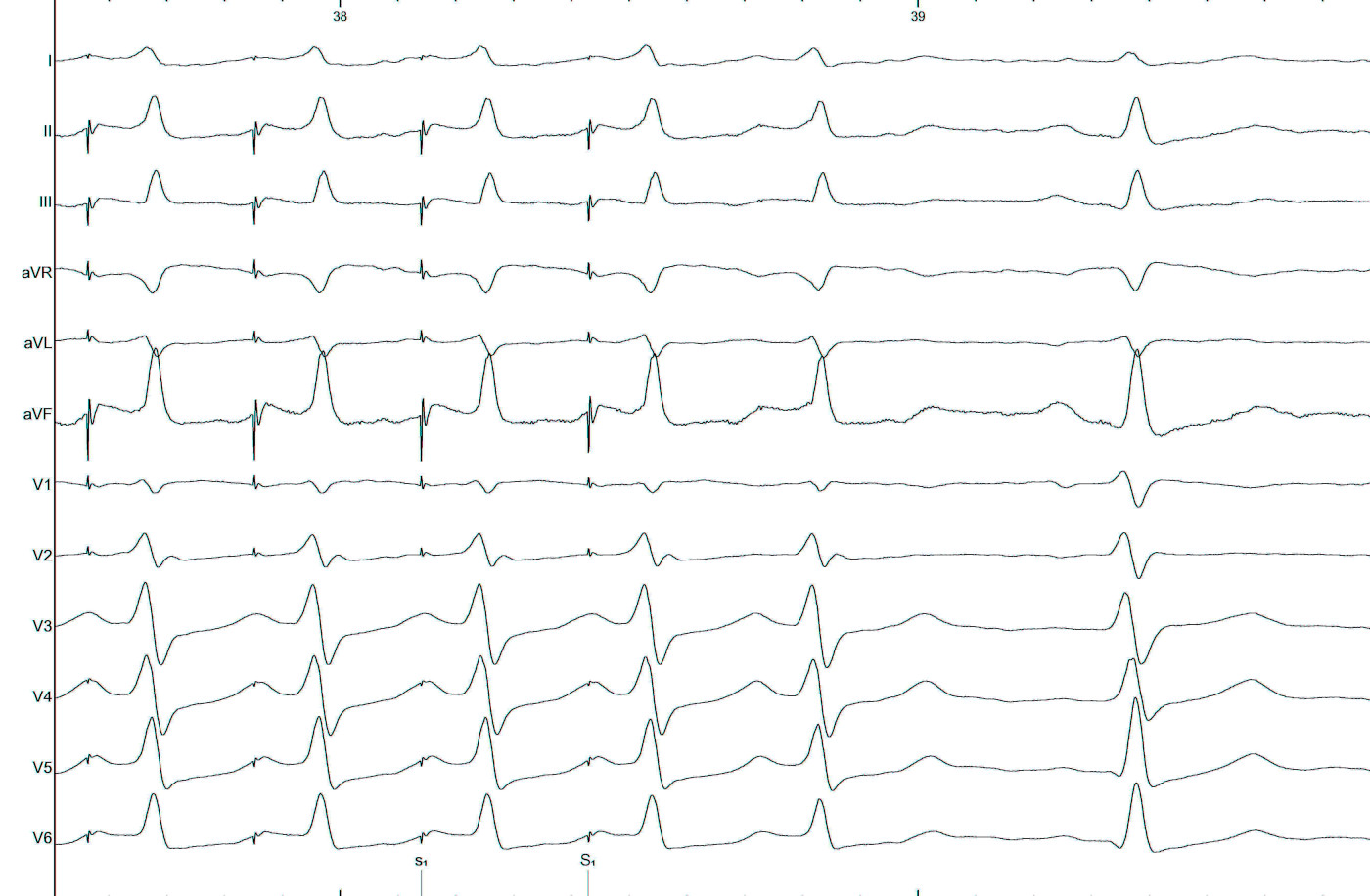
Difficult AVNRT
Raja Selvaraj
Cardiac Electrophysiologist
Professor of Cardiology
JIPMER
Difficult diagnosis
1. AVNRT or AT
AVNRT or AT - VOP does not entrain
AVNRT or AT - Linking
AVNRT or AT - AH during pacing and tachycardia
AH during pacing vs AH during tachycardia
AVNRT or AT - Simultaneous AV pacing
AVNRT or AT - Simultaneous AV pacing
2. AVNRT or AVRT
AVNRT or AVRT
- Narrow QRS tachycardia with VA > 70
- Central atrial activation
- VOP repeatedly terminates tachycardia
AVNRT or AVRT
- Entrainment at beginning of VOP
- Entrainment with Isoprenaline
- PVCs during tachycardia
- Evidence of AP in sinus
- Parahisian pacing
- VA at base versus apex
3. JT or AVNRT
JT or AVNRT
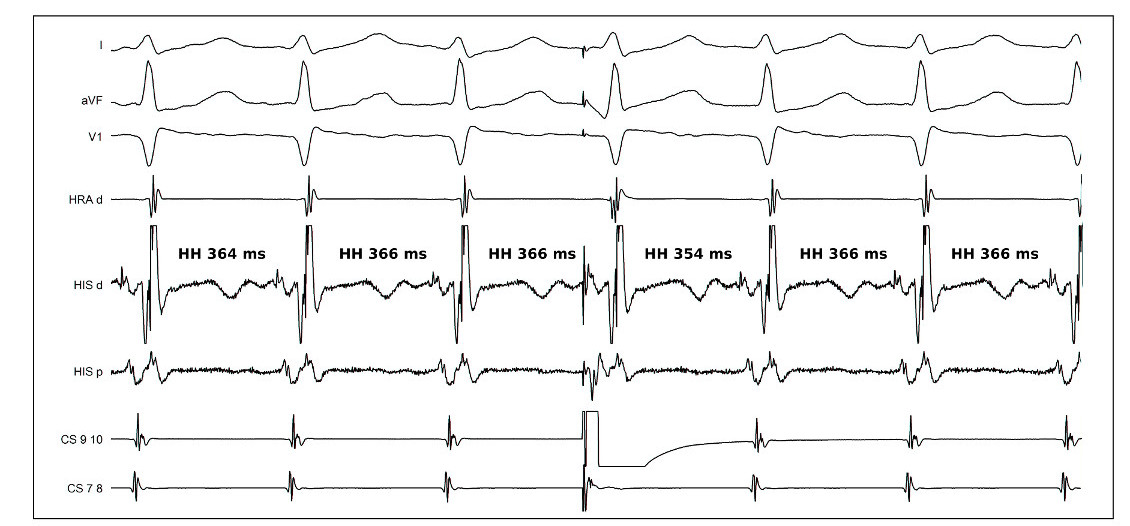
JT or AVNRT
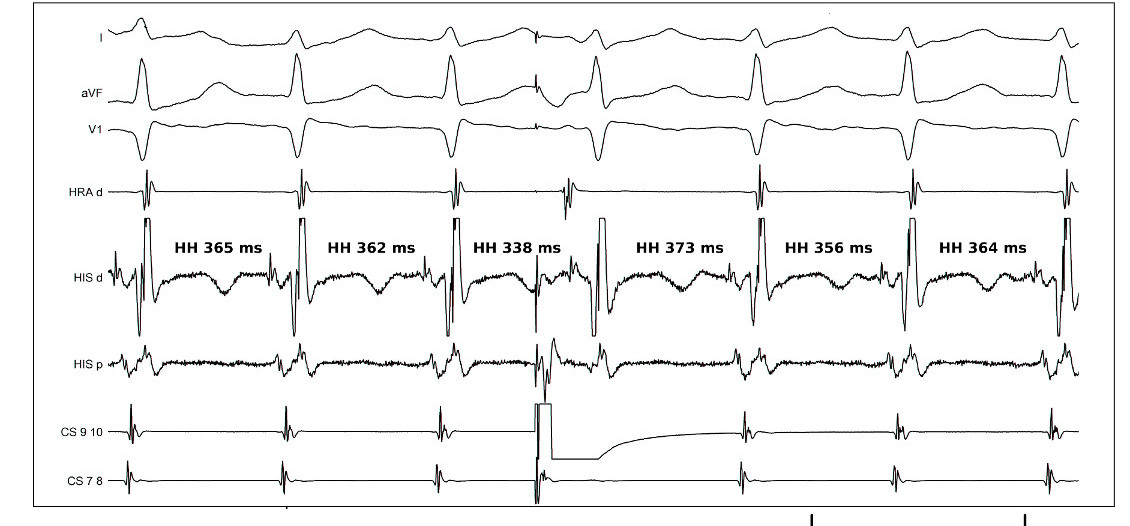
4. AVNRT or BBRT
AVRT or BBRT
- Wide QRS tachycardia
- QRS similar to sinus
- HV similar to sinus
- VA dissociation can occur
PPI from RV apex
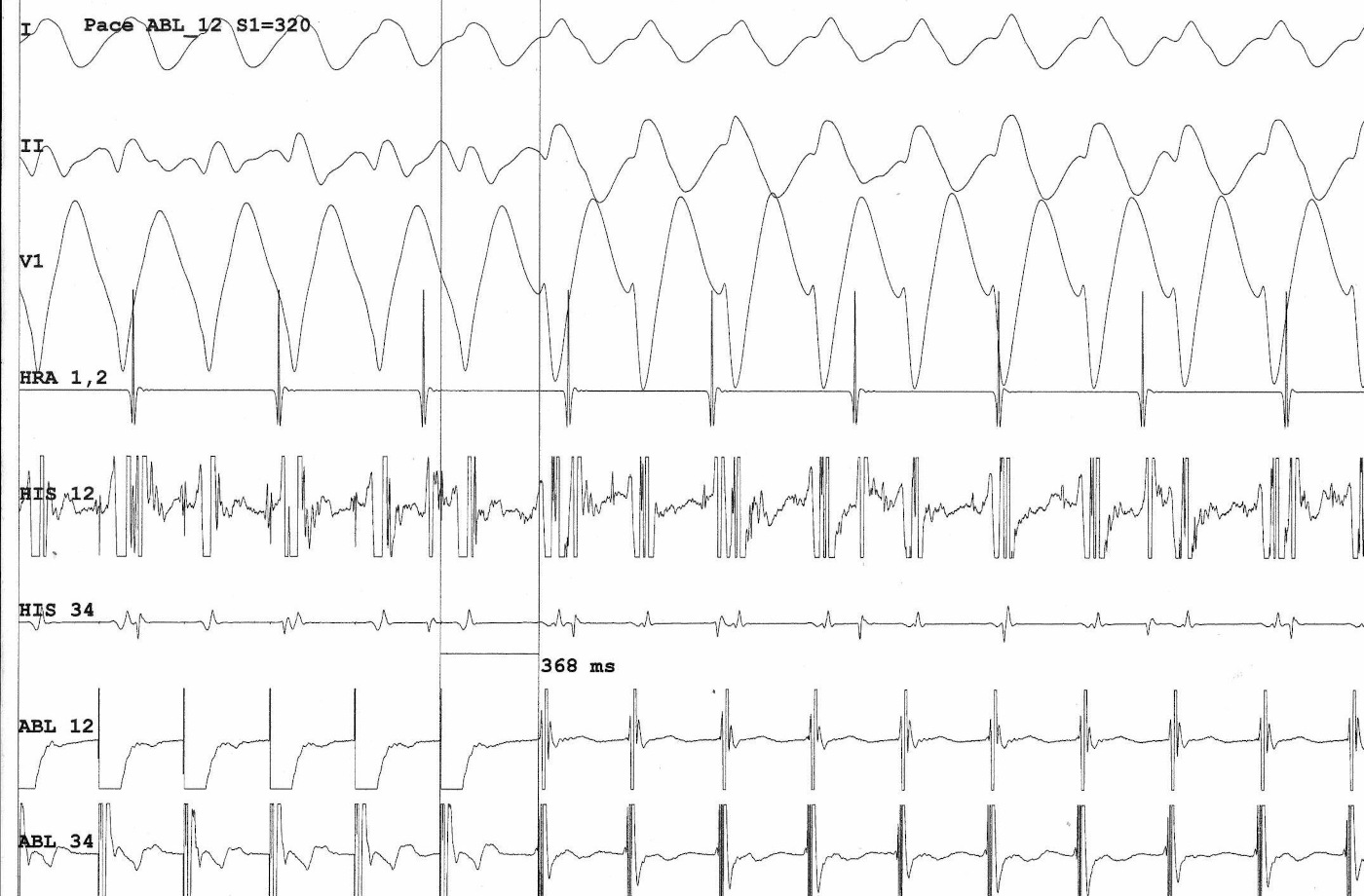
5. AVNRT or AVRT with Concealed nodoventricular pathway
AVNRT or NV pathway mediated ORT
- Central, short VA
- A can be dissociated
- VAV response with VOP
AVNRT or NV pathway mediated ORT
- PPI-TCL and SA-VA like AVRT
- His refractory PVCs can reset tachycardia / terminate tachycardia
- Basal pacing better than apical pacing
AVNRT or NV pathway mediated ORT - Case

Novel Approaches for the Diagnosis of Concealed Nodo-Ventricular and His-Ventricular Pathways. Satoshi Higuchi … Melvin Scheinman. Circulation: Arrhythmia and Electrophysiology. 2023;16 https://doi.org/10.1161/CIRCEP.122.011771
AVNRT or NV pathway mediated ORT - Case

AVNRT or NV pathway mediated ORT - Case

Inducible despite ablation of posterior input
Classical site (Right inferior extension)
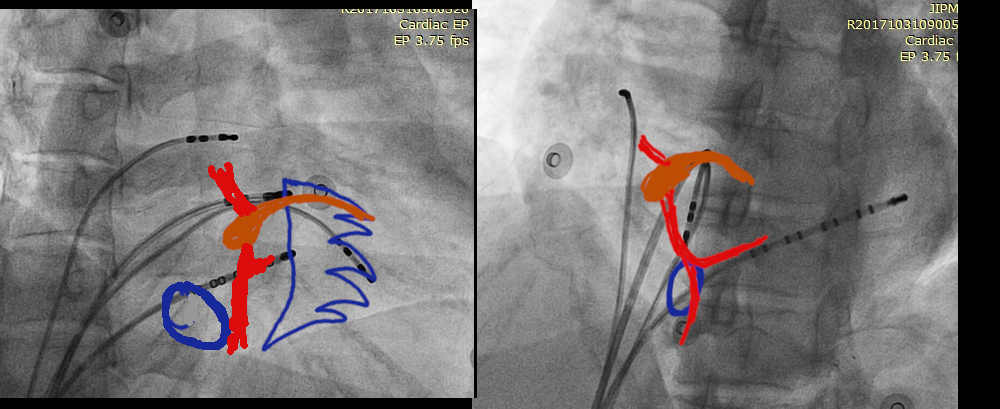
Options
- Ablation in midseptal region
- Linear ablation
- Ablation within CS
- Left sided ablation
Resetting to identify slow pathway
- Atrial resetting during tachycardia
- Slow pathway region (Rt inferior extension)
- Proximal CS (Lt inferior extension)
- Mid / distal CS (Left lateral extension)
Left side ablation

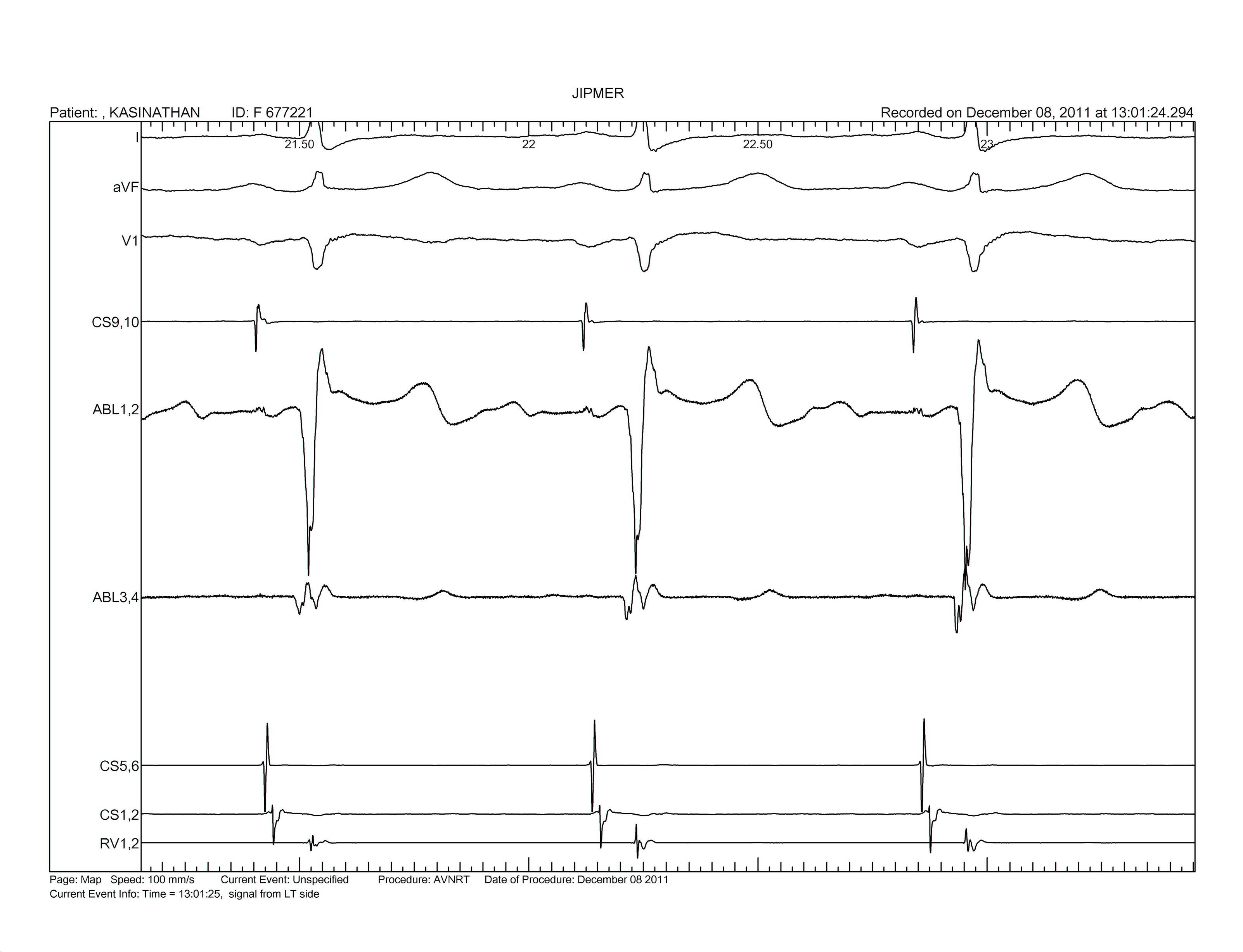
Prolonged PR at baseline
AVNRT with PR prolongation
- Slow pathway ablation appears safe
- RF preferred over cryo
- Fast pathway ablation may be considered
Target in atypical AVNRT
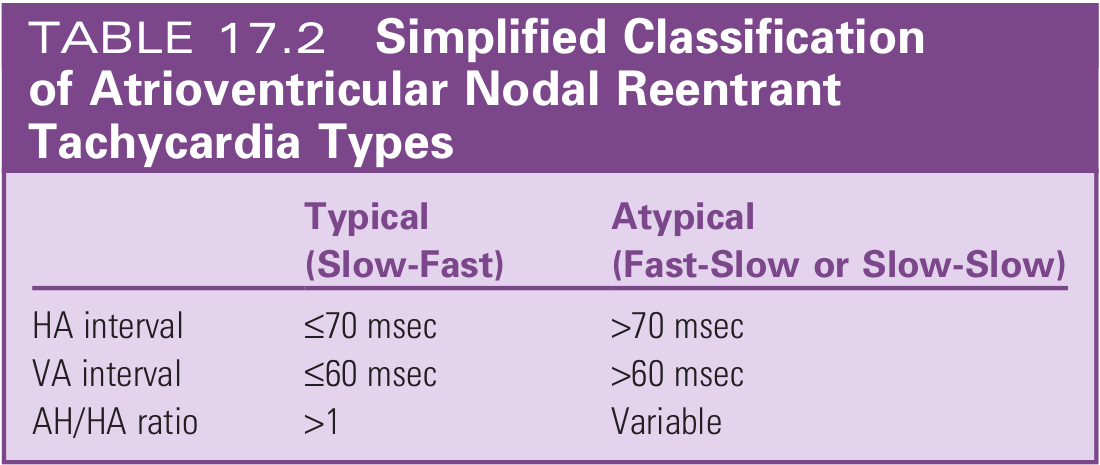
Atypical AVNRT
- Can map earliest atrial activation during tachycardia
- Traditional slow pathway ablation also works
VA block during ablation
VA block during junctionals
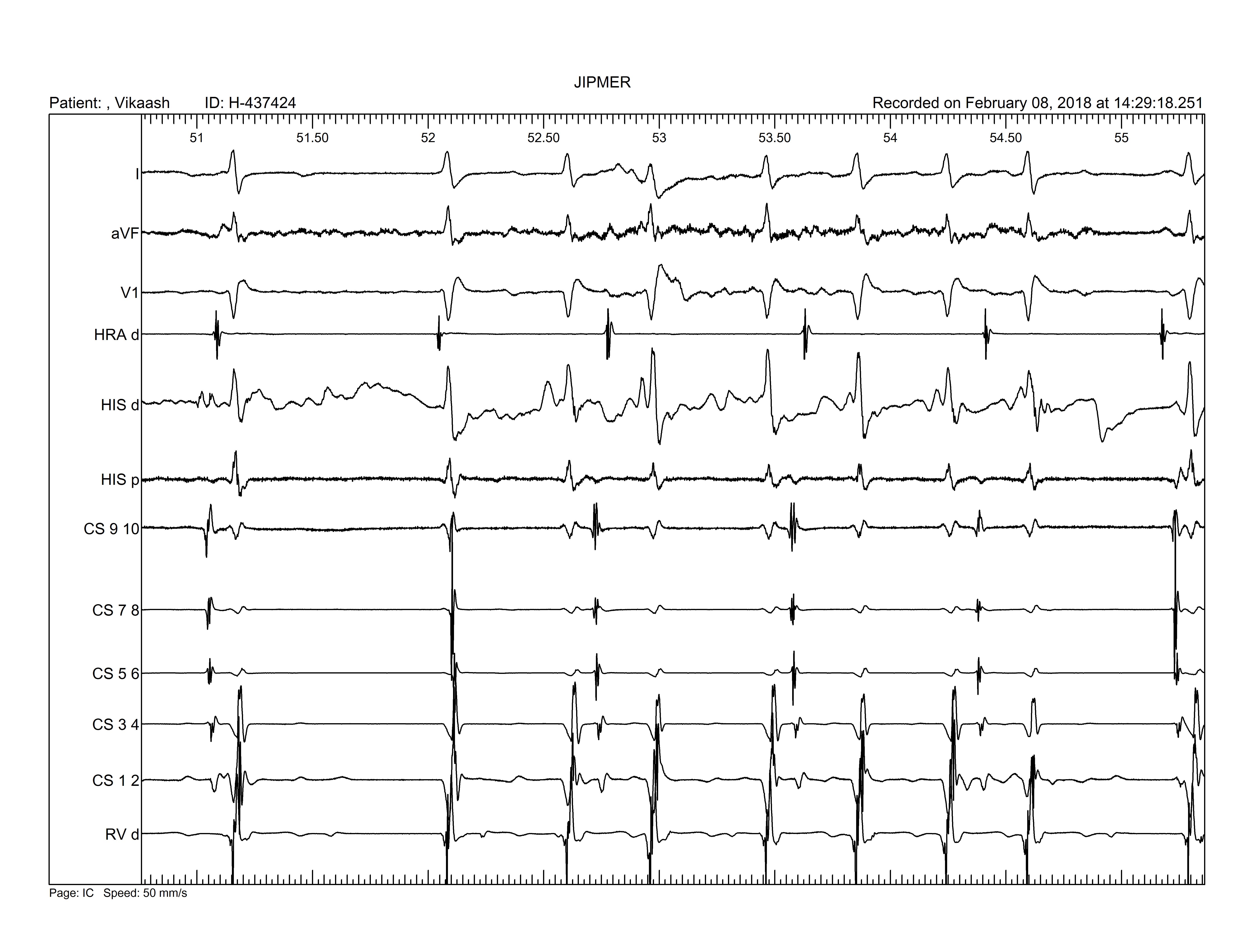
VA block during junctionals
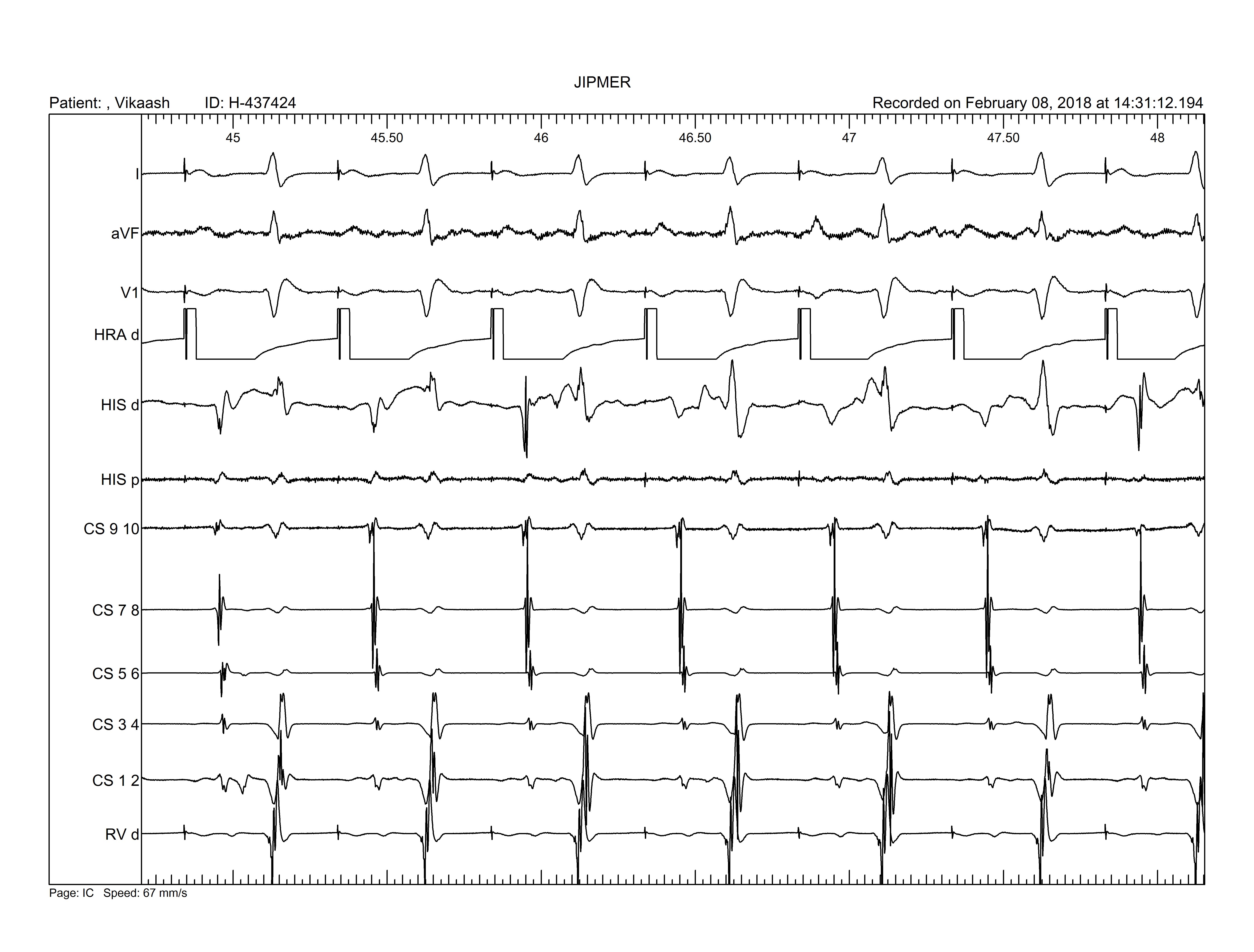
Poor stability in slow pathway region
Poor stability
- Use a sheath
- SR0 / Agilis
- Sedation / GA / Cryo
Reducing risk of complications
- Monitoring junctional
- RF pedal
- How to avoid AV node
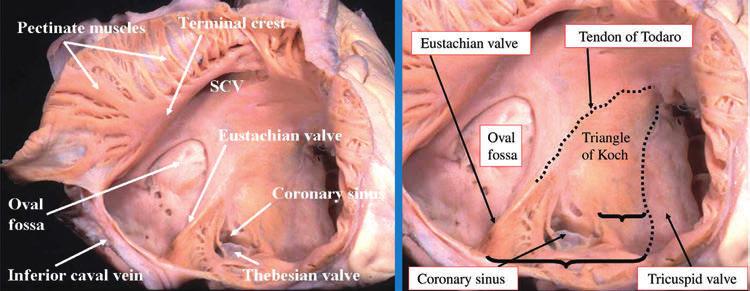

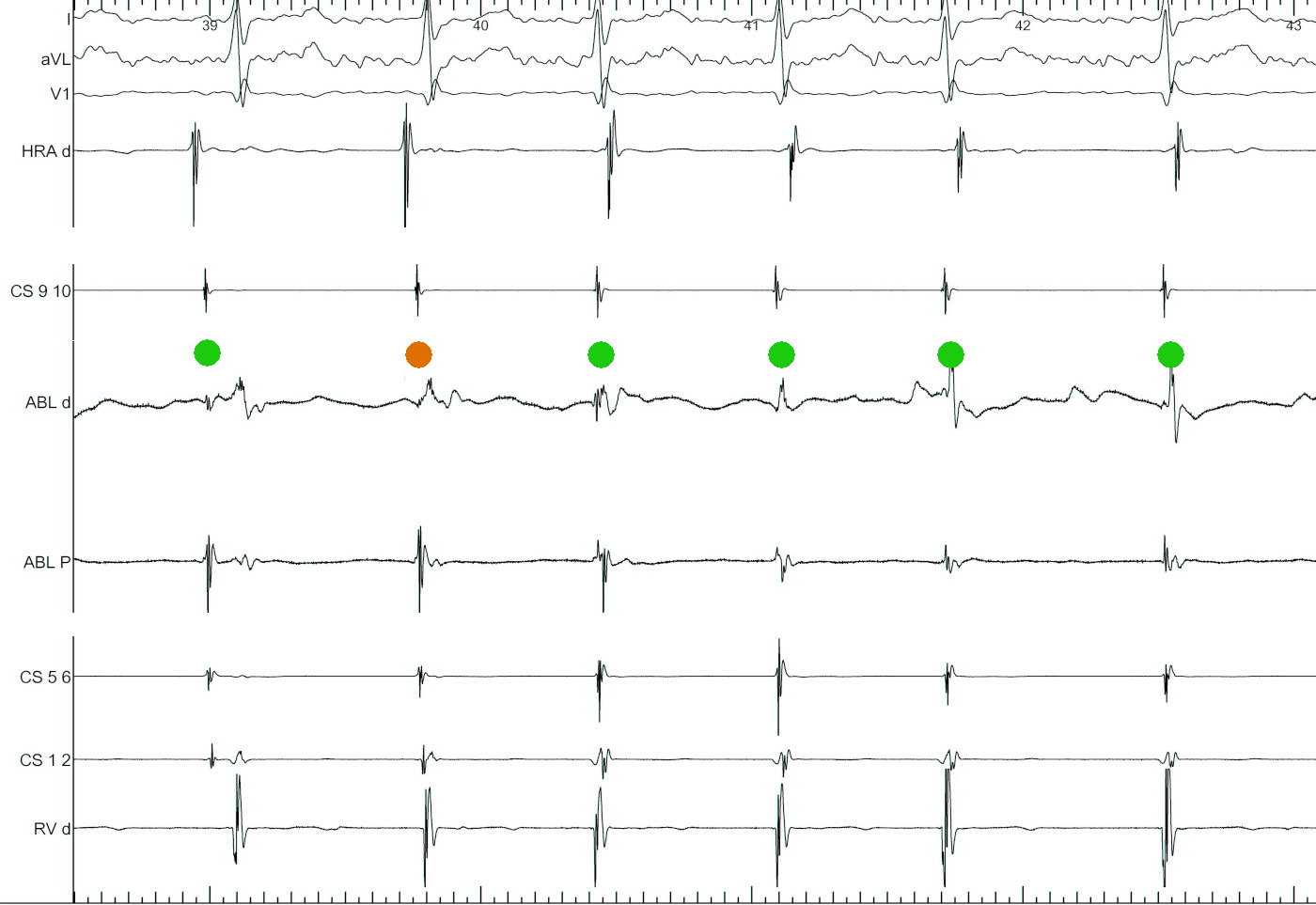
Endpoint
Tachycardia not inducible
Tachycardia induction
PR exceeding RR
